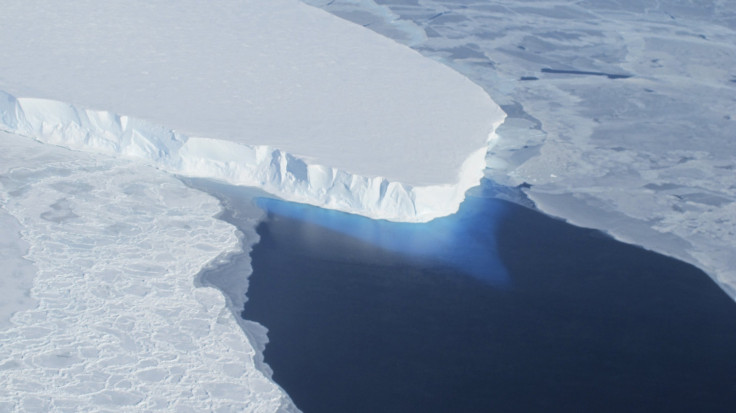Iceberg In Antarctica The Size Of Delaware Poised To Break Off Into Ocean

A growing crack in an Antarctic ice shelf is poised to unleash an iceberg the size of Delaware into the ocean. The rift in the Larsen C ice shelf in western Antarctica was measured at more than 1,000 feet wide and 110 miles long, having grown by 50 miles since 2011.
Only 12 miles remain until the crack separates the iceberg entirely from the ice shelf. Scientists analyzing the developing rift say the breakaway could happen tomorrow or months from now.
“It is particularly hard to predict when it will occur,” Adrian Luckman of Project Midas, a research project studying the shelf, told USA Today in an email Monday. “I am quite surprised as to how long it is holding on.”
The rift in Larsen C first appeared in 2014. The shelf previously contained three portions: Larsen A broke off in 1995 while Larsen B broke off in 2002. Though the rift in Larsen C will cause a massive iceberg to break away from the shelf, it won’t cause a dramatic rise in sea level because ice shelves, by nature, already sit atop the water.
“It’s already made its sea level rise contribution,” Martin O’Leary, a glaciologist with Project Midas told Gizmodo in February.
The effects of the shelf’s breakage are not entirely known because it is one of the largest calving events recorded, it has the potential to entirely reshape the landscape of the Antarctic Peninsula. Some researchers think that because the iceberg is so large, its fracture could make the rest of the ice shelf unstable and vulnerable to additional breakage.
Researchers at Project Midas cautioned that they hadn’t conclusively linked the calving event, a natural process, to climate change.
“Calving is not dependent at all on air temperatures,” Luckman said. “The ice that is fracturing is buried deep in the shelf and does not feel the change in seasons. If anything, I would say that winter might make the calving more likely because of mechanical stresses caused by wind and waves."

© Copyright IBTimes 2024. All rights reserved.





















